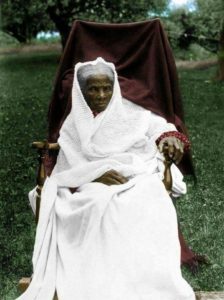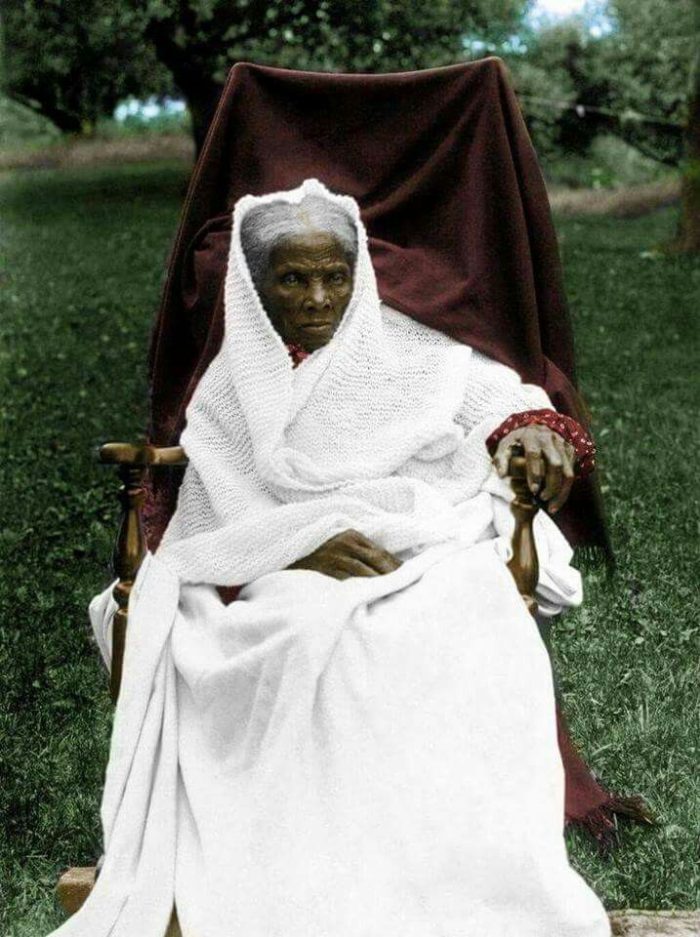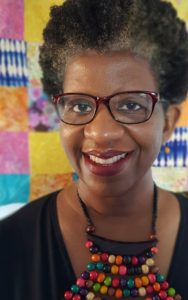
Harriet Tubman was America’s most fierce freedom fighter. She is our ultimate ‘Auntie’! “Aunt Harriet taught us courage and endurance,” said her own descendants who live today. She rose from brutal slavery to emancipate herself and countless others. That’s why we give tribute to Harriet Tubman.
Did you know that in Auburn, New York there is a 47-year-old tradition called the Harriet Tubman Pilgrimage? Visitors from across the globe visit Harriet’s gravesite in Fort Hill Cemetery in honor of her life and commitment to the freedom of African Americans.
This is just one among the many monuments to Harriet that can be found throughout the United States and Canada, almost mimicking her Underground Railroad routes. The monuments, which range from visitor centers to statues, where she is often depicted with a pistol at her waist or with a book in hand, are found mostly in the Northeast and Midwest but can be found in cities and communities throughout the U.S and Canada.
Continue reading “Harriet Tubman Monuments”


